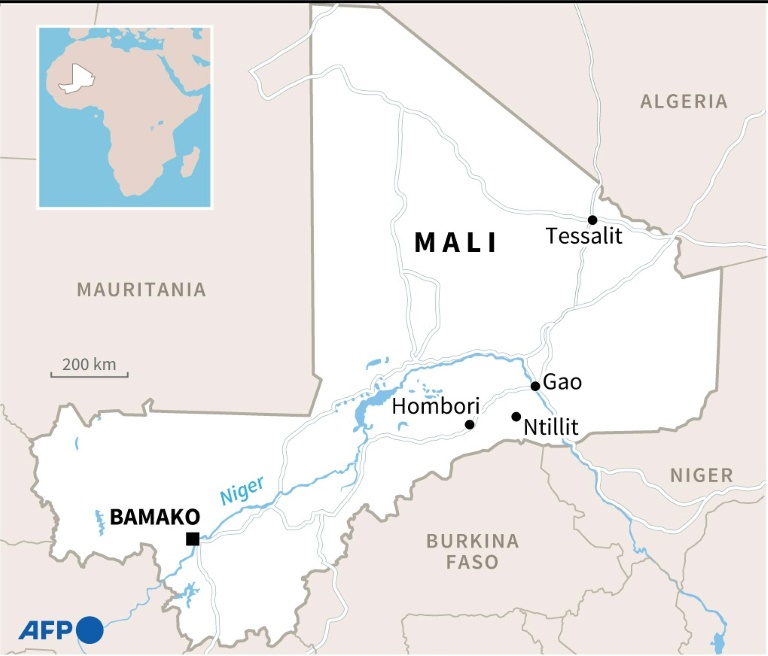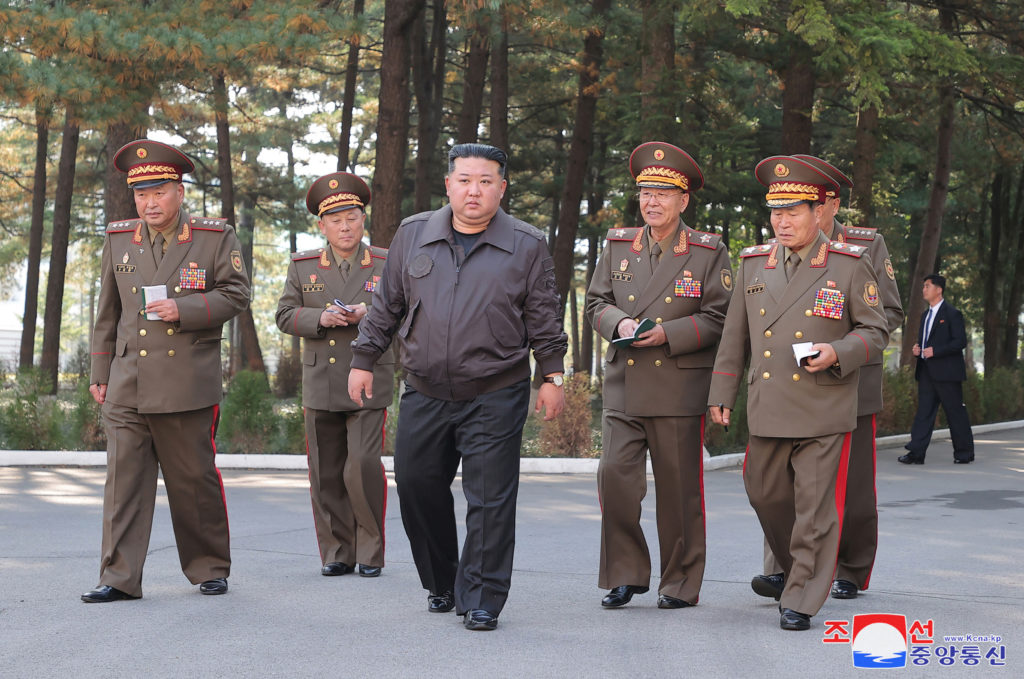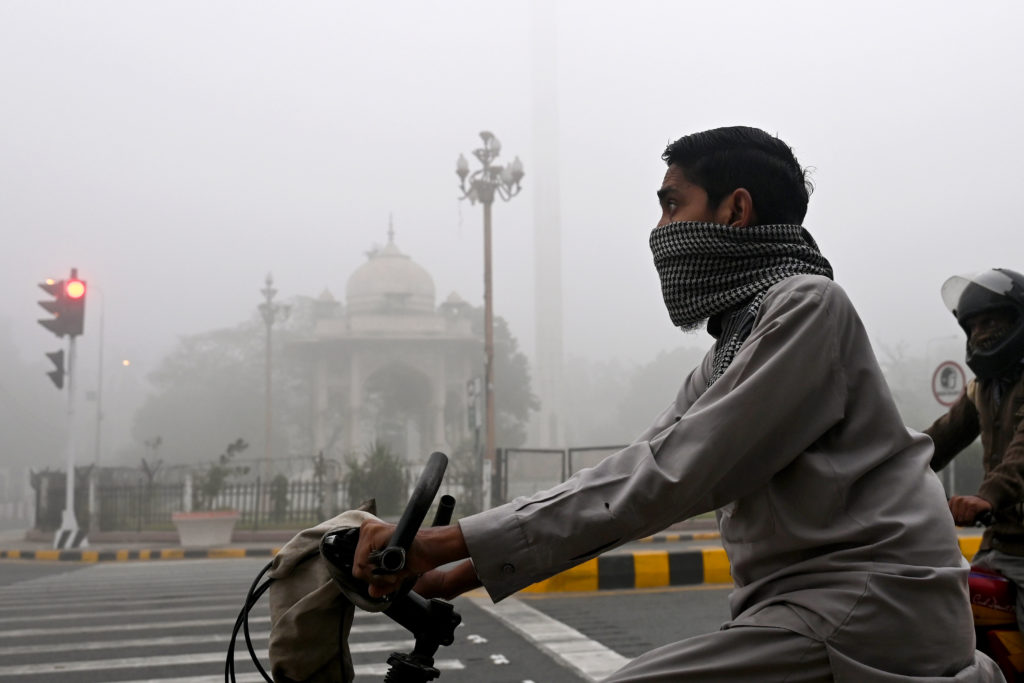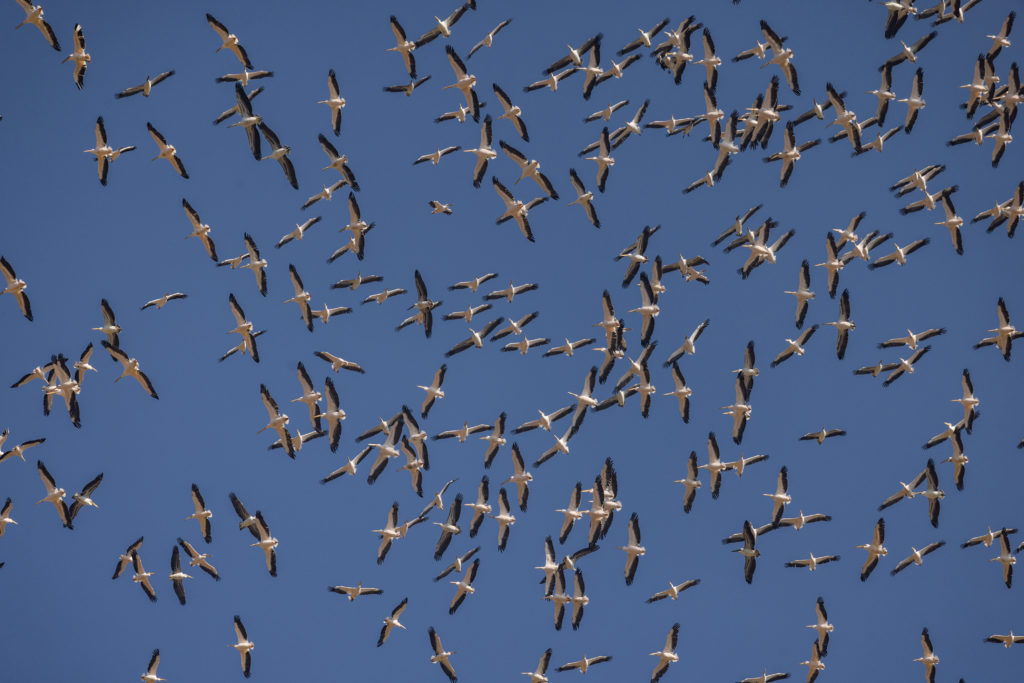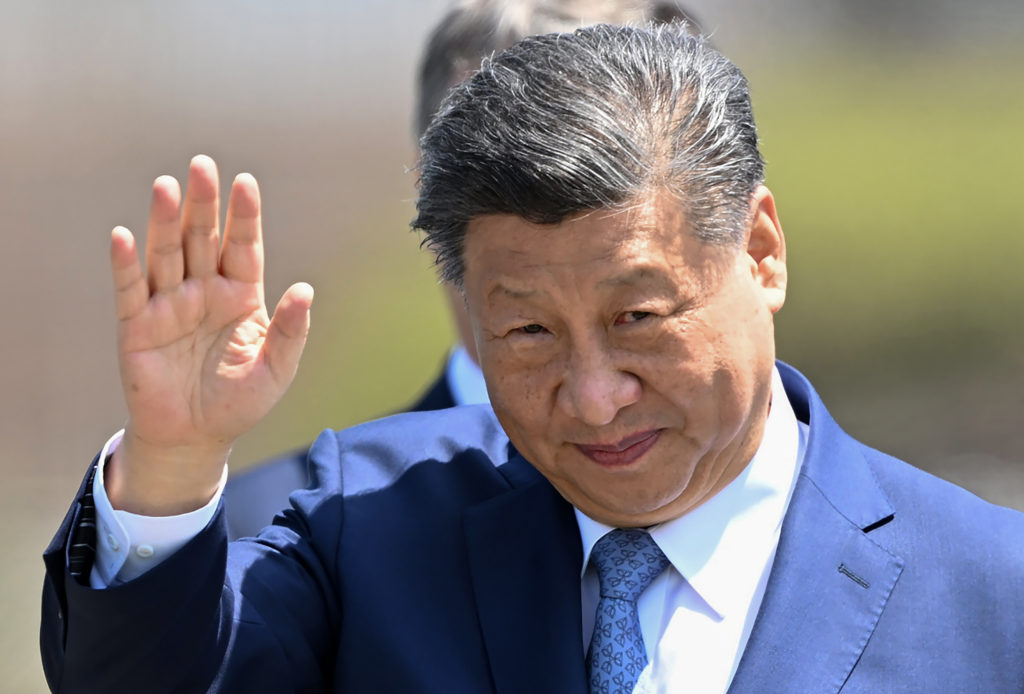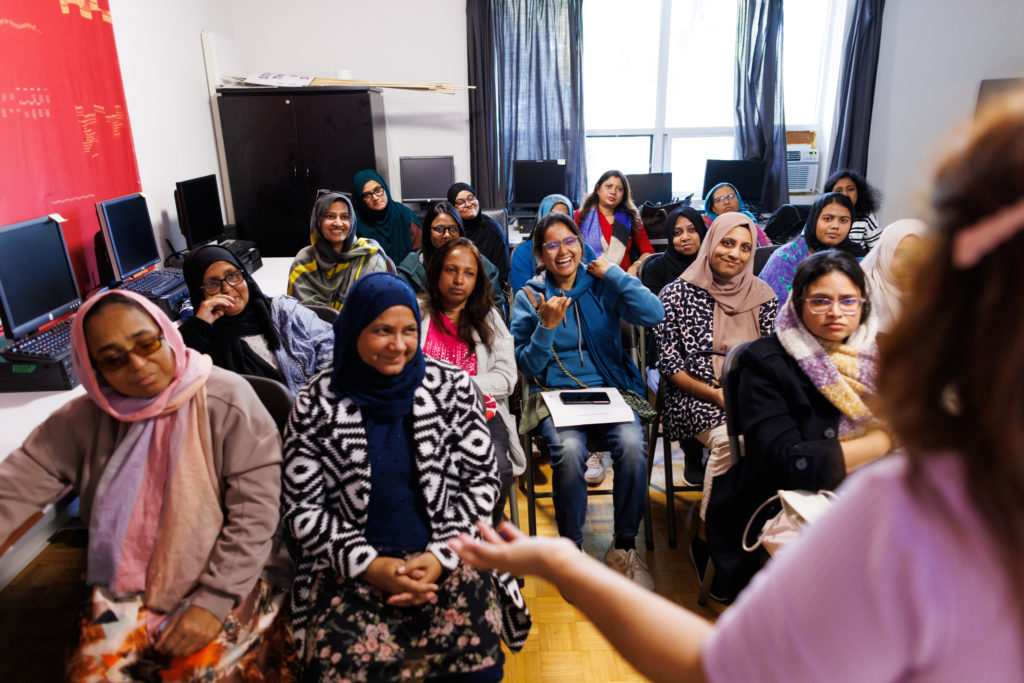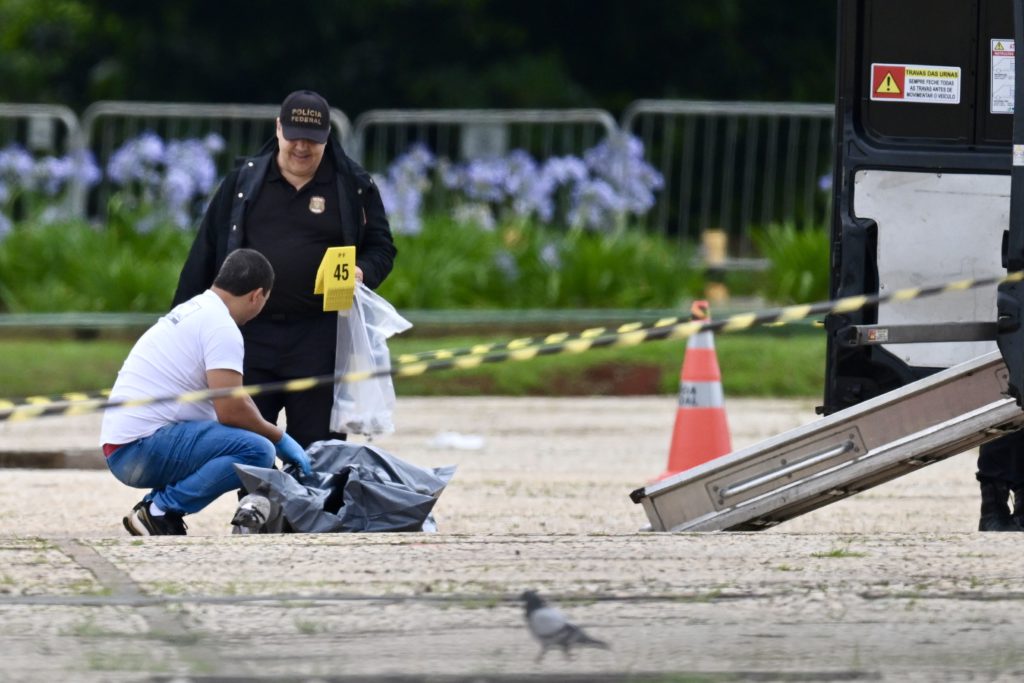A knife attack Tuesday on Mali’s interim president, Assimi Goita, marks the latest blow to stability in one of Africa’s poorest and most volatile nations.
Goita headed a junta that took power last August, and in May sacked the transitional government that had been named to steer the country back to civilian rule.
Here is a factfile:
– Exotic past –
The biggest country in West Africa, modern Mali boasts desert cities of exotic legend and a long imperial history.
The mainly arid nation, partly irrigated by the Niger River, became the hub of the Ghana empire for more than five centuries from around 700 AD while Islam spread into the region.
In the north, where Mali juts deep into the Sahara, the city of Timbuktu grew into a centre of glittering scholarship and cultural exchange just as it became an important post for traders in gold, salt and slaves.
Mansa Musa, Mali’s 14th-century emperor, is regarded as the richest man who ever lived.
– Poverty –
Mali is the world’s fourth largest exporter of gold and a major producer of cashew nuts, but ranks as one of the world’s poorest countries, listed 184th out of 189 by the UN.
More than 40 percent of its population of close to 20 million live in extreme poverty.
The double blow of last year’s coup and the pandemic shrank growth to two percent from 5.1 percent in 2019.
The World Bank warns that both its rapid population growth and climate change threaten agriculture and food security.
The fall in cotton production and the poor performance of the agricultural sector have also contributed to worsening poverty.
– Jihadist insurgents –
In 2012, ethnic Tuaregs in northern Mali rose up and were joined by the Islamic extremists of the Ansar Dine group.
Swathes of the country fell to jihadists, including the three main northern towns of Gao, Kidal and Timbuktu, sparking global concern for the fate of historical monuments and manuscripts.
In 2013, France intervened militarily to help recapture the north and a large UN peacekeeping force was deployed.
But the jihadist campaign spread to central Mali and from there to Niger and Burkina Faso. Thousands have been killed and hundreds of thousands have fled their homes.
In 2017, five French-backed nations agreed to an anti-jihadist force, the G5 Sahel, bringing together Burkina Faso, Chad, Mauritania and Niger as well as Mali.
In June, France announced an overhaul of its military mission in the Sahel. Its 5,100-man Operation Barkhane will be wound up in the first quarter 2022.
– Political turmoil –
The former French colony has a long record of chronic instability.
After gaining independence in 1960, Mali was led by Modibo Keita for eight years before he was ousted in a military coup by Moussa Traore, who was in turn toppled in 1991.
The following year Alpha Oumar Konare became Mali’s first democratically elected president.
Ibrahim Boubacar Keita, known as “IBK”, came to power in 2013 and was re-elected five years later.
He was ousted by young army officers on August 18, 2020 after weeks of protests over perceived government corruption and his handling of the insurgency.
After the 15-nation West Africa bloc ECOWAS threatened sanctions, the junta handed power to a caretaker government that pledged to reform the constitution and stage elections within 18 months.
But in May, Goita, who was vice president under the transitional government, said the pair had been stripped of their duties for seeking to “sabotage” the handover.
He was then named transitional president and appointed Choguel Maiga, a veteran politician, as prime minister.

